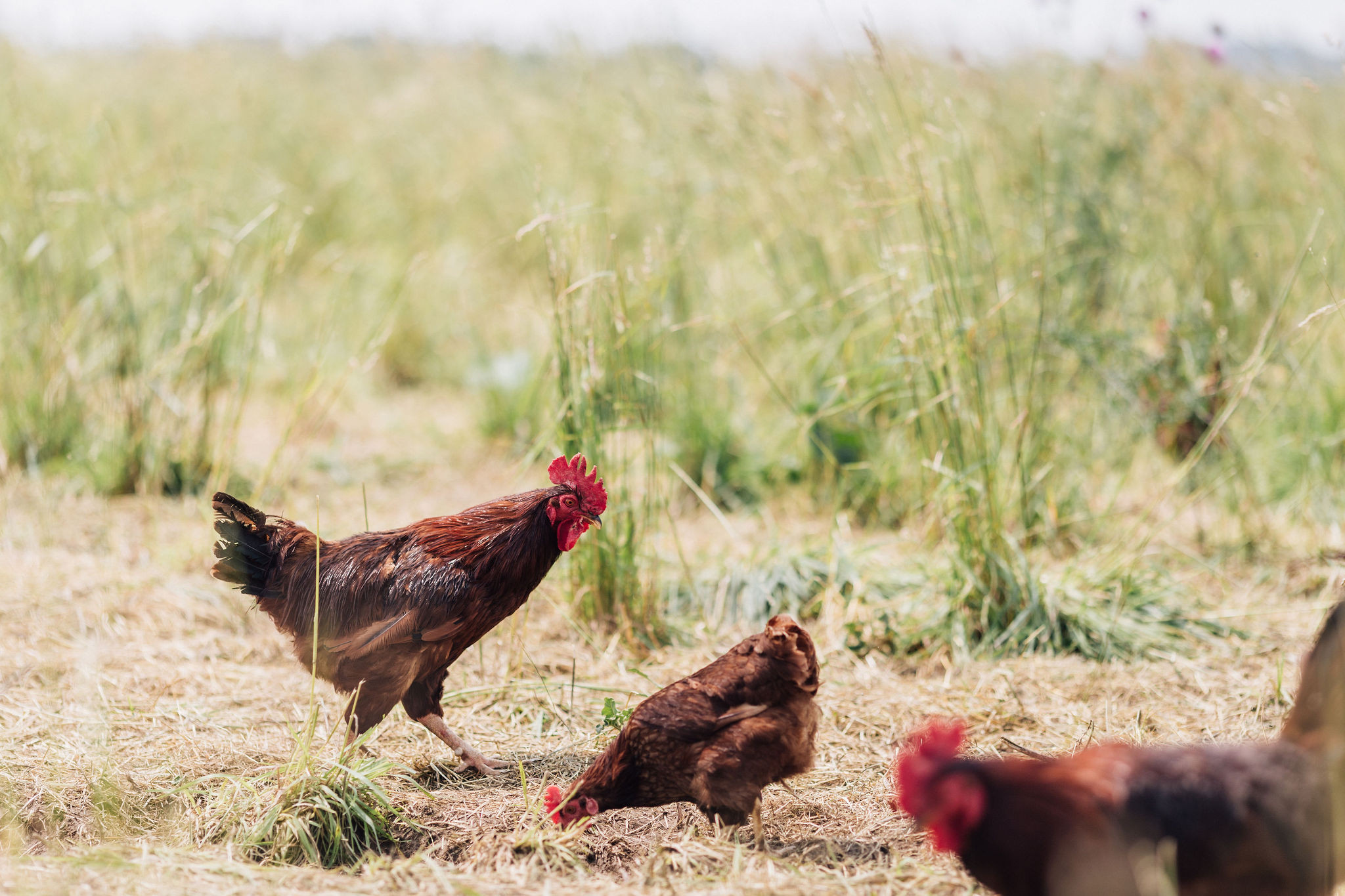Health benefits of bone broth and how to make it
posted on
December 8, 2017
Bone broth is one of the oldest healing foods. It is an excellent way to utilize the whole animal, extracting goodness from parts of the animal that would otherwise be inedible - bones, skin, tendons, marrow, etc. Today’s store bought “stock” and “broth”, in many cases, may not be real. Companies use lab-produced meat flavors in bouillon cubes and various soup and sauce mixes. The best way to get a true bone broth with real healing benefits is by sourcing it from a local farm or by making it yourself using bones sources from quality sources.
Bone broth is a tried and true way of overcoming illnesses of all sorts – from healing leaky gut to overcoming food intolerances to improving joint health to fighting the common cold. It inhibits infection and fights inflammation and joint pain. It promotes strong, healthy bones, hair, and nails. It also helps to heal and seal your gut and has more recently been used to treat neurological disorders like autism, ADHD, and learning disabilities. I could get into the science behind all of this, but that could turn into a novel. You can read a bit about the science of broth in this article.
The quality of the bones used to make bone broth directly correlates to the health benefits gained from consuming it. You want to get the best quality bones you can get. Bones from healthy, pastured animals that eat a natural diet will give you the most nutrient-dense bone broth. You could use bones from concentrated animal feeding operations (CAFOs), but the broth will not be as nutritious and will not gel. Beyond the quality of the bones, you can use a bone from any part of the animal. I love to save my chicken carcasses for bone broth (the roasting of the bird helps add flavor to the broth). Marrow bones are fantastic for making a healing bone broth.
Although the time for simmering is quite long, bone broth is quite easy to make with minimal labor required. First, fill a pot with 4 quarts water, 1⁄2 cup apple cider vinegar, and about 3-6 pounds of bones. Let it sit for an hour so the apple cider vinegar can leech minerals out of the bones. Add 3 onions, 3 carrots, and 3 celery stalks, largely chopped. Add water to cover everything. Bring to a low simmer, cover, and let cook for 24-72 hours. Your house will smell amazing. The longer it cooks, the more nutrient-rich your broth will be. Cool it, strain it, and add sea salt to taste. You know you have a nice broth if it is very gelatinous, almost not pourable when cool. The broth will keep for about a week in the fridge or 6 months in the freezer.
One of my family’s favorite meals is “Nu-Nu Soup” – an Asian-inspired bone broth based soup with ramen noodles. I sauté some onions and garlic in sesame oil and then add bone broth, usually chicken (and water if the broth is particularly thick). When the broth comes to a boil, I add my veggies – carrots, mushrooms, and spinach (and anything else you have on hand... it’s a great way to clean out the fridge). I also add some tamari, ginger, salt, and pepper to taste. Then, I let it simmer until they the veggies are just tender. I serve this soup in huge bowls with ramen noodles (or any noodles really). If I’m feeling creative and have the time, I’ll garnish the bowls with a soft-boiled egg, tofu, some sautéed or roasted meat (leftovers), kimchee, or bean sprouts.




